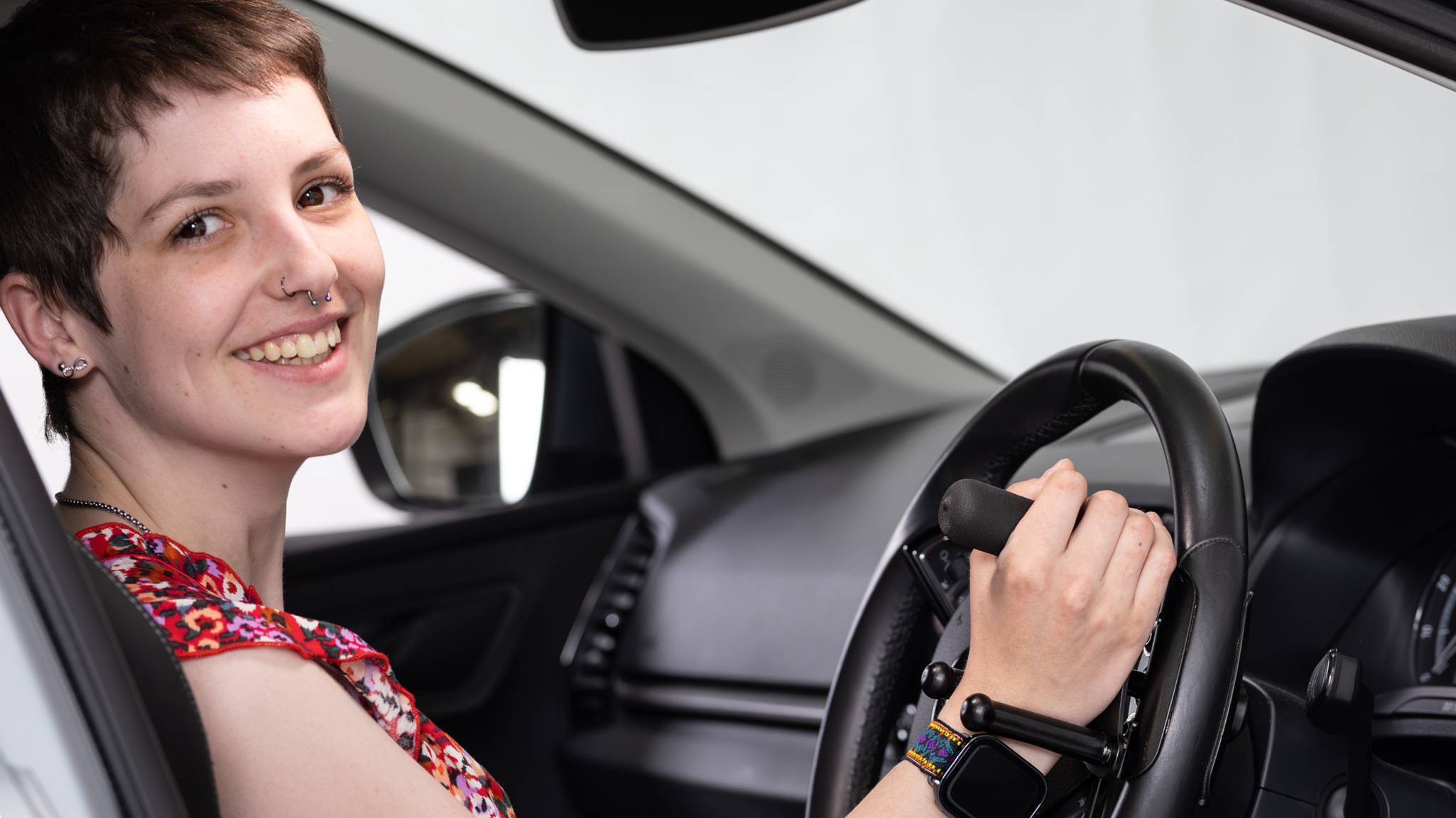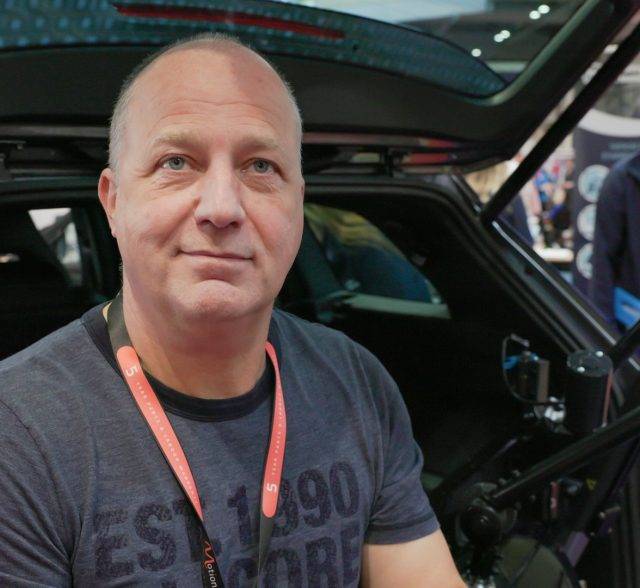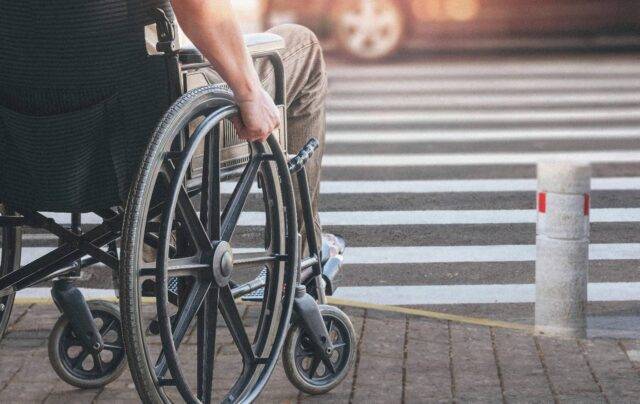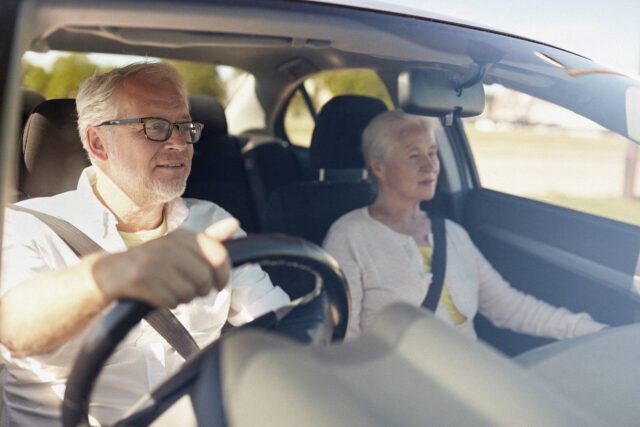Judith King
Meet Judith, whose journey to an Ehlers-Danlos Syndrome (EDS) diagnosis spanned seven years. Little did she know that pursuing her greatest passion—driving—would hit a roadblock. But thanks to cutting-edge adaptations from Mobility in Motion, Judith is back behind the wheel, navigating life safely and on her terms!
“I love driving. It’s so freeing, but I kind of knew it in the back of my head, subconsciously, that it was getting a lot harder to drive.”
In your 20s, life should be an exciting journey filled with endless possibilities.
It’s the time for dreams of travelling the world, the thrill of a first job, securing a loan for a first home, adopting a pet, dating and contemplating a gap year or sabbatical adventure.
But for Judith King, who only recently turned 25, the promise of this vibrant chapter has been eclipsed by her long battle to be diagnosed with Ehlers-Danlos Syndrome (EDS) and Fibromyalgia.
EDS is a disorder characterised by skin elasticity, joint hypermobility, scarring, and fragile blood vessels, often co-occurring with Fibromyalgia, which results in widespread pain, tenderness, fatigue, and sleep problems.
Judith’s disability was beginning to take hold when she was just 18 and heading off to study a Masters in Theatre at the University of Worcester. And while it initially left her walking a little slower than the rest of her class in the first year, by her third year she found herself relying on her wheelchair in her everyday life.
“Now, I can’t walk further than about 40 yards. I’m in pain all day every day,” Judith said. “I rely on my wheelchair because I can’t feel my legs for walking, and my hips tend to dislocate.”
At first, Judith’s hips started dislocating and she was diagnosed with hypermobility. It took a few years of GP appointments and surgery for her to finally receive a true diagnosis.
Initially, Judith faced the challenge of repeatedly falling on stairs due to her left joint dislocating throughout the day. Despite seeking help from her GP, who downplayed her symptoms as soft tissue issues, advising a six-week wait for improvement, Judith’s pain persisted. Turning to a private physiotherapist, she discovered her joint was 360 degrees out of place, yet a definitive health issue remained unconfirmed.
“My hips then started to go, and it kind of kept progressing and progressing. In the end, I ended up having a really horrible surgery called Triple T, otherwise known as Tibial Tuberosity Transfer. The doctors effectively cut out a part of my tibia.”
It wasn’t until a visit to a trainee GP, that the pieces of the puzzle fell into place. He connected the dots and introduced Judith to the possibility of Ehlers-Danlos Syndrome (EDS).
A lover of all things sports and adventures, Judith also had plenty of outdoor passion she pursued. She used to play badminton four times a week and do running and core exercises on the other two. But one of her greatest passions was driving, as it provided her with an immense sense of freedom.
Now, once-simple tasks like walking and driving have become, at times, nearly impossible.

“For Judith, the car is her independence. Without that, she doesn’t feel that she’s anything. She hates the idea of not being able to drive.”
Holding a driving licence is common among adults in England but the rate is lower for disabled people, with only 55% of disabled people aged 17-64 years holding a full driving licence compared with 83% of non-disabled people, according to gov.uk.
Judith got her licence at the age of 19 before she started grappling with the daily challenges of being disabled. However, she now faces a significant challenge when it comes to getting in and out of the car.
Judith’s mother, Rachel King, said: “Judith loves to drive. It’s one of her favourite things to do. She will de-stress by driving. If she needs to get away from people, she will drive. In more recent years, she’s had occasional problems because of her hands and she’s now had to move to an automatic car because she can’t use her left leg.
Another major obstacle for Judith was controlling the steering wheel and changing gears because of her hands sublocating. “The main issue I had was with the clutch,” says Judith. “Some days I could drive no problem and I wouldn’t have any issues with the clutch control or with changing gear or accelerating and braking and things like that.
“Then it got to a point where I was like this is not very safe because my leg wouldn’t let me push down. I couldn’t then just slowly release. It would either quickly release or wouldn’t release at all.
“So I ended up obviously coasting, so I stopped driving entirely because I was too scared. It’s a massive thing for me to drive safely.”
Yet, despite all the challenges, her passion for driving continues to be an emblem of boundless freedom and independence – one that she still doesn’t want to give up on.
As Judith sought solutions to continue driving, she and her mother discovered Mobility in Motion at the National Mobility Showcase. There, Judith found a mobile adaptation for her steering wheel, the tetra grip, which is a three-point triangular device.
“I can actually steer the car now with no problems,” she said. “If my hand does go, my hand’s not going anywhere because I’ve got the point of contact on my wrist. So at least I could still steer with my wrist and be safe and just pull over without any issues.”
In addition to the tetra grip, Judith was also given a transfer plate, which allows for a more safe and gradual transition in and out of her car, eliminating the risk of abrupt falls. An extended boot handle has also been added, making it more accessible for her to operate.
The addition of the boot strap, although a seemingly small adaptation, has become a game-changer, enabling Judith to open her car boot independently. Beyond ensuring safe driving, these adaptations from Mobility in Motion have profoundly impacted Judith’s daily life, fostering a newfound sense of self-reliance and freedom.
With the innovative adaptations provided, Judith’s independence has taken a remarkable leap. No longer confined to relying on a passenger or her mother, she can now access her vehicle autonomously.
She said: “I’ve got a funky load of kit going in my car and I’m going to look really nice when I’m out driving and I’m not going to feel disabled, I’m going to feel normal, even if I am disabled. I’m just really excited.”
The recent adaptations to her car have empowered her with newfound independence, allowing her to drive and navigate the world without the burden of constant stress.
Contact our team today to find out how we can help you regain your freedom.

Dave Phillips
“I’ve adapted my vehicle with this hoist which enables me to get around and just have a normal life. I…

Mr Rozanski and his son
“We’ve been visiting Alex’s grandparents in Poland over the summer holidays, which is the main reason for getting the Milford…

Mr and Mrs Hills
“It’s given me and my wife some freedom that wasn’t there before. It would be very dull without the boot…